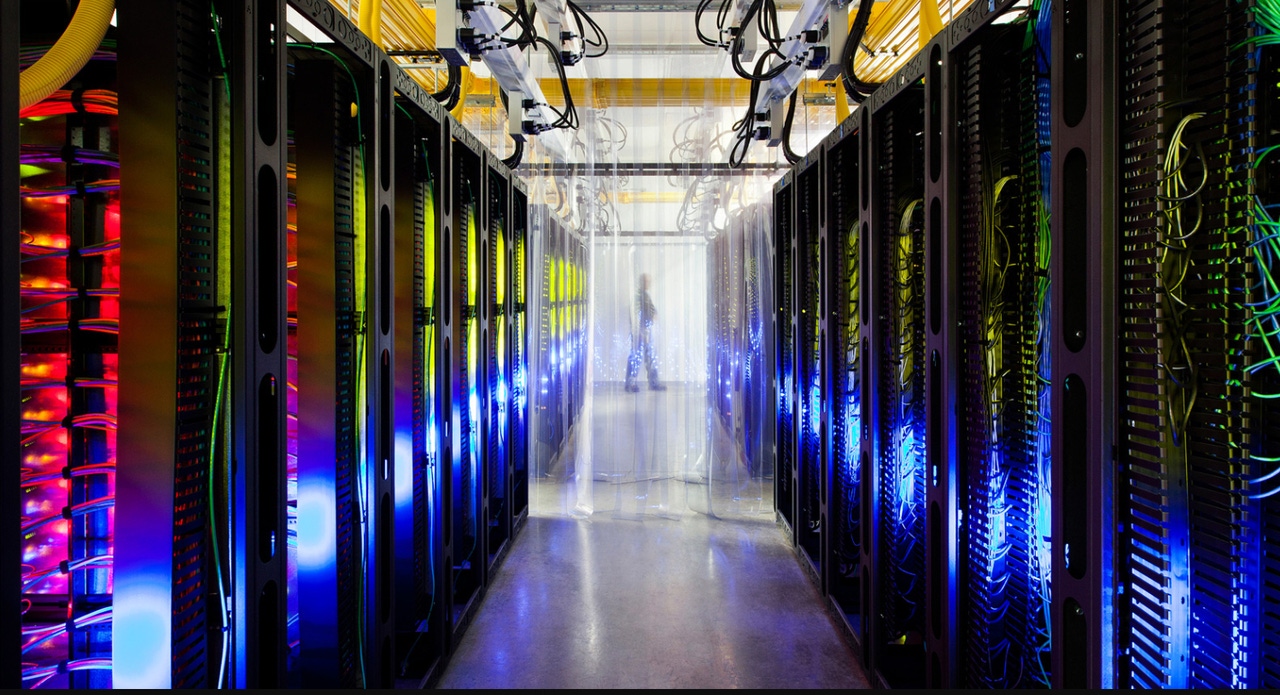Research: There are Now Close to 400 Hyper-Scale Data Centers in the WorldResearch: There are Now Close to 400 Hyper-Scale Data Centers in the World
There will be more than 390 hyper-scale data centers in the world by the end of the year. An overwhelming majority of those facilities -- 44 percent -- are in the US, China being a distant second, with 8 percent, followed by Japan, UK, and Germany.

The world’s largest cloud platforms – the likes of Google, Facebook, and Amazon -- need a lot of space and power, and the last few years have seen an unprecedented amount of data center capacity built to support their growth.
As more and more users and businesses sign up for software services and content delivered over the internet or private networks, the number of massive data centers designed specifically to deliver services at that scale is ballooning.
There will be more than 390 hyper-scale data centers in the world by the end of the year, according to the latest estimate by Synergy Research Group, which tracks IT and cloud related markets. An overwhelming majority of those facilities -- 44 percent -- are in the US, China being a distant second, with 8 percent, followed by Japan and UK, each home to 6 percent of the world’s hyper-scale data centers, and Germany with 5 percent.

What is a “Hyper-Scale” Data Center?
While many in the industry generally consider only seven companies to be hyper-scale – Google, Amazon, Microsoft, Facebook, Alibaba, Baidu, and Tencent – Synergy casts a wider net, giving more weight to the way companies operate in addition to sheer size of their facilities. Companies caught in that net also include Apple, IBM, Twitter, LinkedIn, and eBay, among others.
What exactly constitutes a hyper-scale data center varies from expert to expert, and cloud operators don’t share hard data about their infrastructure publicly. Synergy uses its own “scale-of-business criteria” in assessing a company’s operations in various cloud, e-commerce, or social networking markets, John Dinsdale, chief analyst and research director at the firm, explained to us in an email.
Based on those criteria, Synergy identified 24 companies it defines as “hyper-scale,” focusing its research on their data center footprint.
“Will there be a few data centers outside of those 24 companies that should be labelled ‘hyper-scale?’ Undoubtedly,” Dinsdale said. “Will there be at least some few data centers belonging to those 24 companies that are not really hyper-scale? For sure.”
But the analysts hope that the few data centers included in the analysis that shouldn’t be included balance out ones that aren’t included but should be.
“And on average, the scale of the data centers of those 24 companies is measured in tens of thousands of servers,” he said. “So these are big beasts, and that is reflected in the planning and operational characteristics of those companies, which are quite different from normal data centers.”
500 by 2020
Each of the 24 companies has 16 data center sites on average, according to Synergy, the biggest cloud providers (Amazon, Microsoft, Google, and IBM) operating the broadest footprints. Each of the four cloud companies has at least 45 data center locations, at least three of them per region (North America, Latin America, APAC, and EMEA).
The report also highlights Oracle and Alibaba as companies with particularly broad data center presence. The others keep most of their data centers either in the US or in China.
None of the companies is done building data centers, and Dinsdale expects the number of hyper-scale facilities to pass 500 before the end of 2019. At least 69 new hyper-scale data centers are currently in various stages of planning or construction, according to Synergy.
About the Author
You May Also Like







